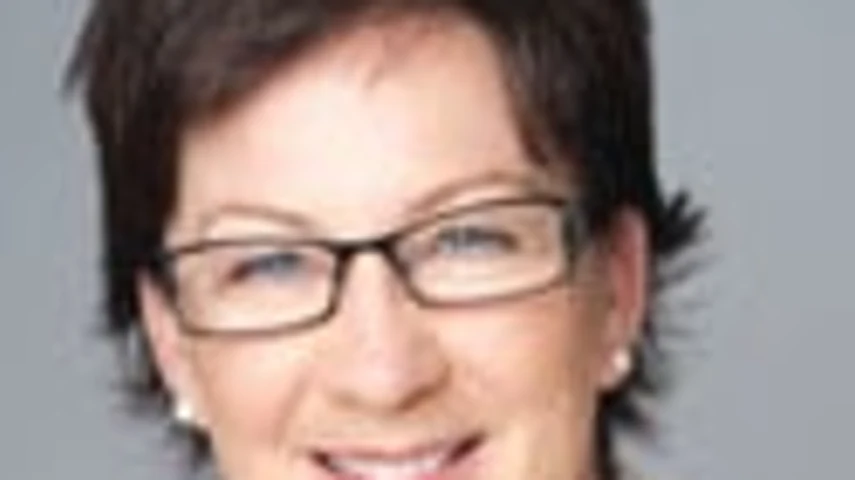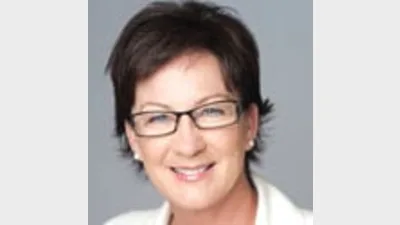Young Aussies attracted to SMSFs



The self-managed super fund (SMSF) model had become increasingly attractive to younger investors over the past few years, according to the Self-Managed Super Fund Professionals' Association of Australia (SPAA).
SPAA referred to a recent report by the Australian Taxation Office, entitled 'Self managed super funds: a Statistical Overview', which found that some 11 per cent of new SMSF members were under the age of 35 in the June 2010 quarter.
Chief executive officer of SPAA Andrea Slattery said these figures indicated younger Australians were becoming increasingly knowledgeable about and interested in the performance, management and control of their superannuation savings.
"This is understandable given the big dip in many superannuation fund balances as a result of the global financial crisis and an unsteady global economic recovery," Slattery said, adding this trend would continue.
Given the GFC experience and increasing public awareness of the very serious risk of a retirement income shortfall, Slattery said younger Australians were making their superannuation more of a priority than previous generations.
"While younger people may have other competing priorities for saving, including children and purchasing a home, they are increasingly also concerned about saving for retirement," she added. "The more we can educate young Australians about their choices in super, the more we can support them in reaching their retirement goals."
Recommended for you
Unregistered managed investment scheme operator Chris Marco has been sentenced after being found guilty of 43 fraud charges, receiving the highest sentence imposed by an Australian court regarding an ASIC criminal investigation.
ASIC has cancelled the AFSL of Sydney-based Arrumar Private after it failed to comply with the conditions of its licence.
Two investment advisory research houses have announced a merger to form a combined entity under the name Delta Portfolios.
The top five licensees are demonstrating a “strong recovery” from losses in the first half of the year, and the gap is narrowing between their respective adviser numbers.











